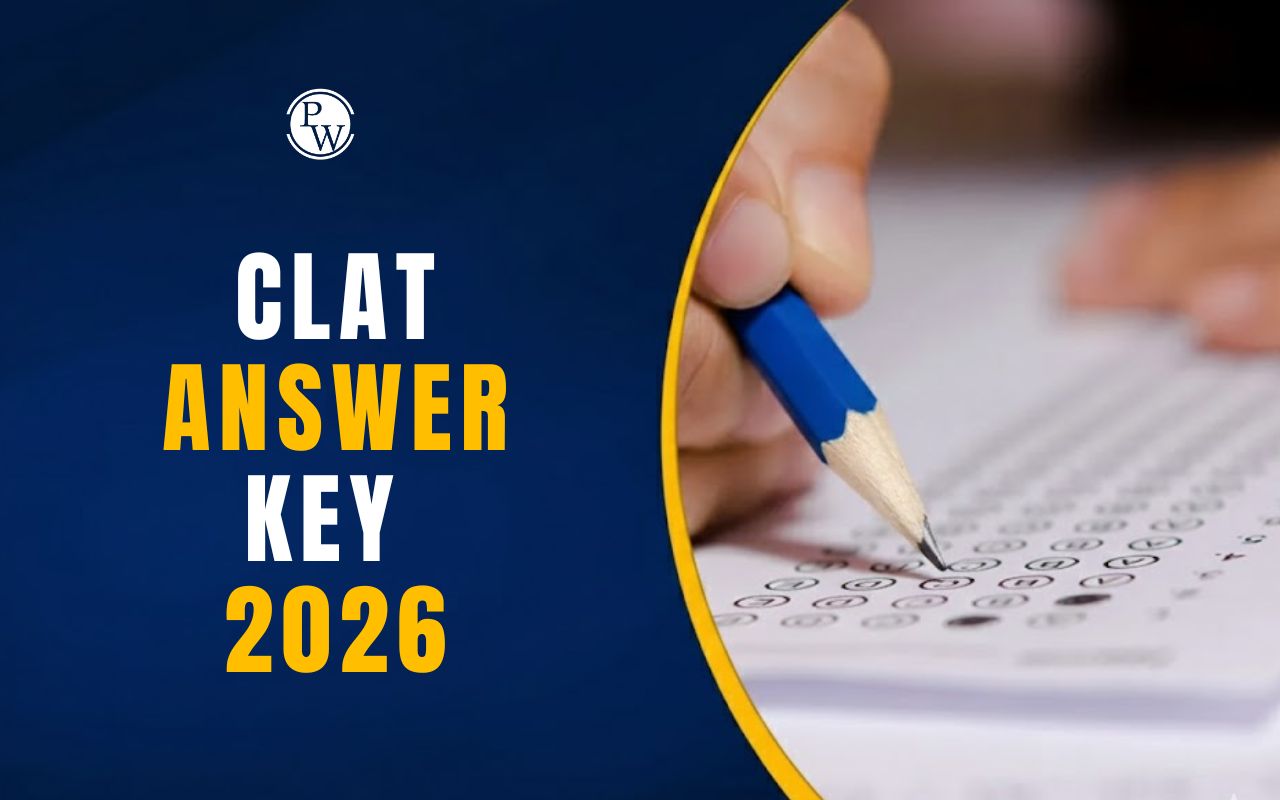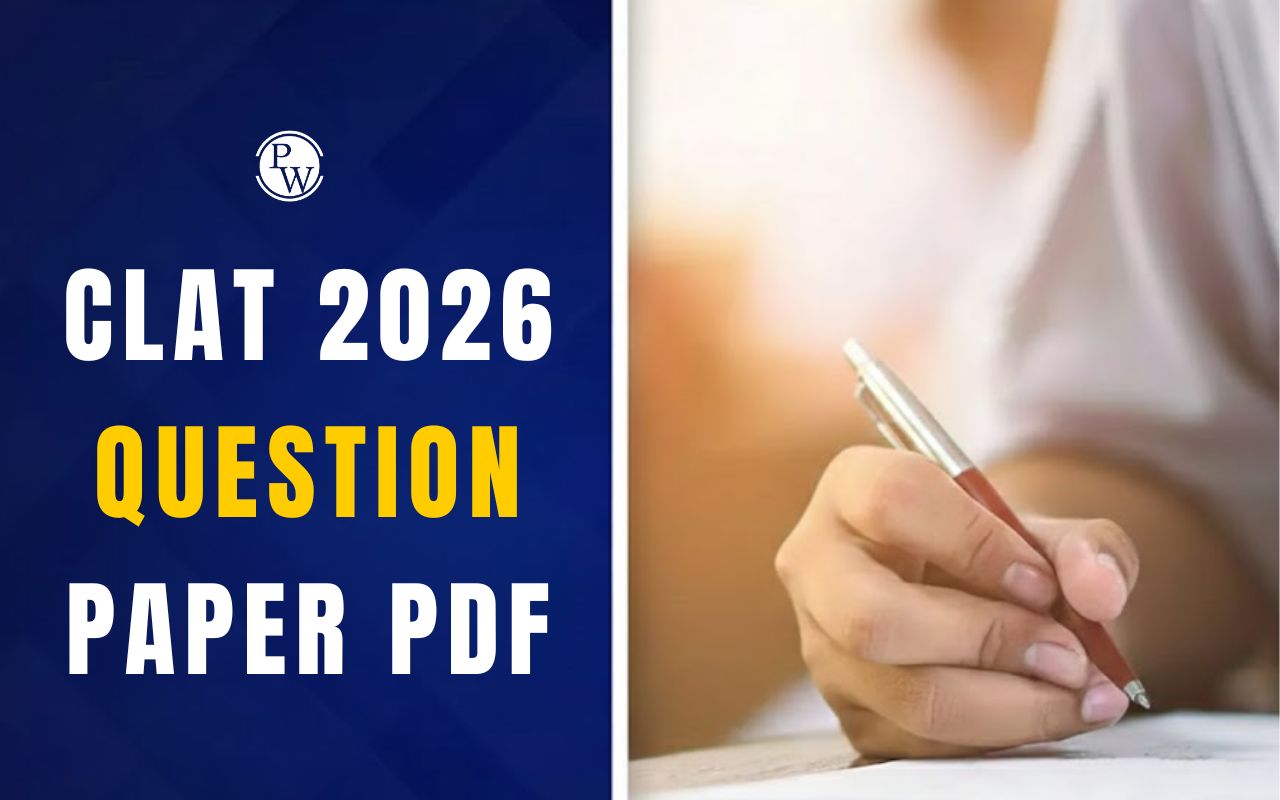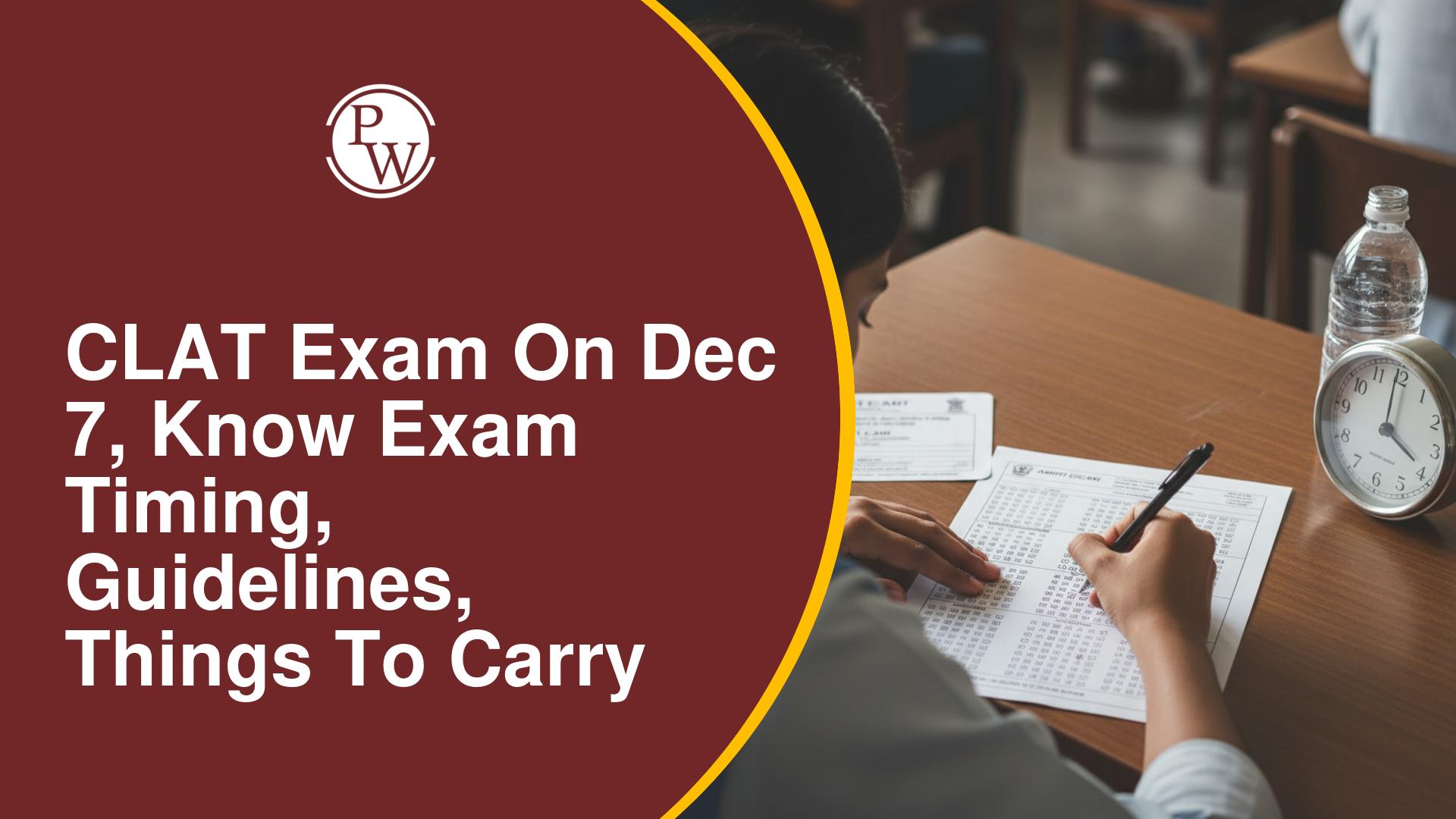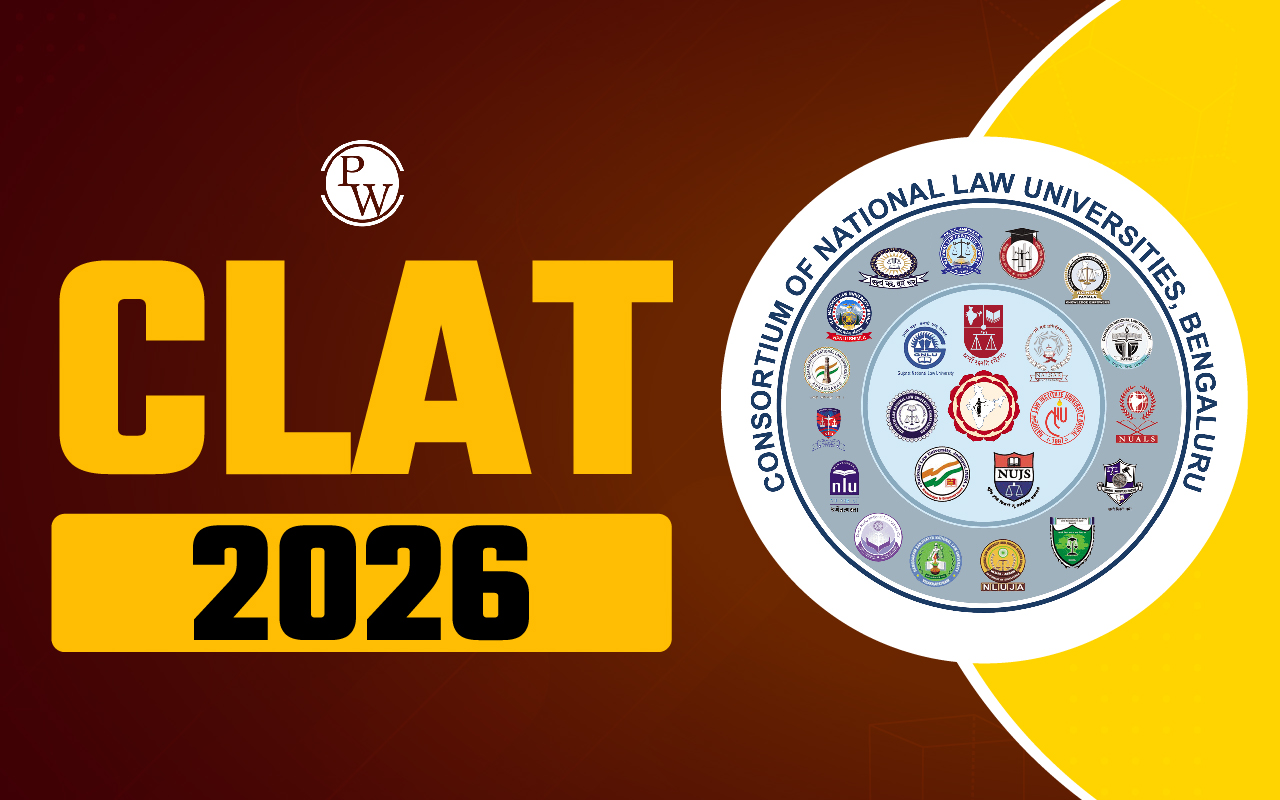
CLAT previous year papers serve as an important tool for providing insights into the CLAT exam pattern, question formats, topics asked, and difficulty level of the exam. Solving the CALT previous year papers helps candidates to get used to the exam environment, improve their time management skills, and work on topics that are frequently asked in the exam.
Consistent practice with these CLAT previous year question papers helps improve candidates’ accuracy and speed, resulting in good scores in the CLAT entrance exam.
Checkout Law Books from PW Store
Download CLAT Previous Year Papers
Candidates can download the CLAT previous year papers from the link provided below. Practice with these papers to strengthen your exam preparation. Download the PDF and solve questions under the real exam conditions.
Understand the kinds of questions asked over the years. Regular practice with these papers can significantly boost confidence and improve performance for the upcoming CLAT 2026.
Checkout Law Books from PW Store
How to Use CLAT Previous Year Papers?
Starting your CLAT preparation by going through previous year question papers is a practical way to get comfortable with the exam’s structure, types of questions, and marking scheme.
Solving the CLAT previous year papers under timed conditions will boost your speed and help you learn how to divide your time between sections. Here is how you can use the CLAT previous years papers PDF.
- First and foremost, download the CLAT previous year papers PDF.
- Set the timer and start solving the questions.
- Do not take extra time to complete the CLAT previous papers. After completing the paper, check the answers.
- Compare your answers with the solutions provided for the CLAT previous year papers. See how you can minimize your time while solving the questions.
- Identify which topics and sections are frequently asked in the CLAT entrance exam. Give priority to these topics.
- Identify your mistakes and errors. Try to work on them and reduce them.
Benefits of Solving CLAT Previous Year Papers
Solving CLAT previous year papers helps you streamline your preparation and results in better performance in the CLAT entrance exam. It helps you improve your time management skills, understand structure and questions, and get insights into the marking scheme. This prepares you for surprises in the real CLAT entrance exam. Given below are some benefits of solving CLAT previous year papers.
- Familiarity with the CLAT exam pattern: Practicing questions from the CLAT previous year papers helps you get accustomed to the CLAT exam pattern, types of questions asked, and marking scheme.
- Improve Time Management Skills: Candidates improve their time management skills by regularly solving the CLAT previous year papers. They understand how much time to dedicate to each question, thereby managing their time effectively.
- Improvement of Accuracy: Dedicated practice of these papers helps candidates to improve their accuracy. Repeated practice leads to better performance on the actual exam day.
- Helps Identify Strong and Weak Areas: By solving CLAT previous year papers, candidates can segregate their weak and strong areas. This can help them to prioritize areas that need immediate attention over areas that can be left for last-minute revisions.
- Identification of Important and Recurring Topics: Repeated practice with the previous year's papers helps you identify recurring topics. This allows you to prioritize frequently tested concepts in your revision.
CLAT 2026
CLAT 2026 is likely to be held in December 2025. The CLAT 2026 official notification is still awaited. Candidates can visit the official website of the Consortium of NLUs at www.consortiumofnlus.ac.in to stay updated regarding the CLAT 2026 exam dates. CLAT is a national-level entrance exam for admission to UG and PG law programs at India's prominent NLUs.
It is conducted annually by the Consortium of NLUs. CLAT consists of 5 sections, namely, General Knowledge, Legal Reasoning, Logical Reasoning, and Quantitative Techniques. The test includes 120 MCQ-based questions with 0.25 of negative marking for each incorrect answer. For each correct answer, you will be given +1 mark. Securing a high score in CLAT opens doors to the 5-year integrated BA LL.B (Hons.) and LL.M. programs offered by participating NLUs across the country.
Checkout Law Books from PW Store
CLAT Previous Year Papers FAQs
How important is solving CLAT previous year papers?
How many years of CLAT question papers are advisable to solve?
Do previous year papers reflect the current CLAT exam pattern?
How does analyzing the CLAT previous year papers help in preparation?
When will CLAT 2026 be conducted?










